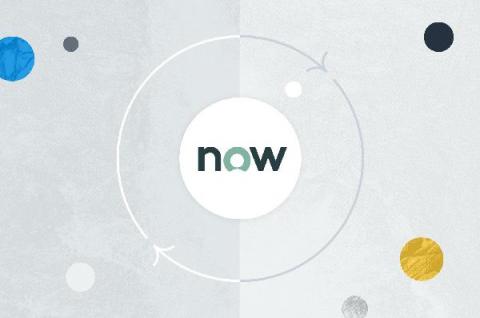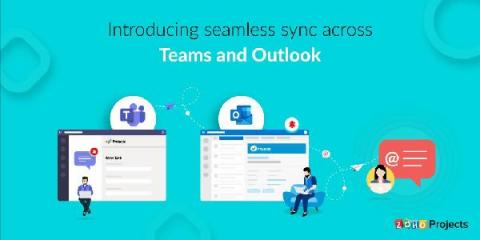Teams | Collaboration | Customer Service | Project Management
Latest Blogs
Work addiction is real - here's how to kick the habit
24/7 Support: Benefits and Tips for Providing Round-the-clock Support
According to KPMG, 58% of consumers say being able to shop 24/7 is the number one reason they shop online. Companies have international customer bases who are online round-the-clock, and that means a decent chunk of customers will be disappointed if they can’t receive help during off-hours. The Geckoboard Customer Support Experience Report 2021 found that 50% of customer support teams are only available during business hours Monday to Friday, and only 28% are available 24/7.
Maintaining Legal Policies While Employees Are Working at Home
What Is Customer Effort Score? [Free CES Survey Template Included]
Improving your company’s customer experience score by just 10% can boost revenue by more than $1 billion. In fact, simply improving your Customer Effort Score, also known as CES, can have a long-lasting impact on customer loyalty. A study by Gartner found that notably, 96% who had high-effort experiences reported being disloyal, compared to only 9% of customers with a low-effort experience.
New: Increase cross-platform visibility with our new ServiceNow integration
In a world of distributed and hybrid work, it’s more important than ever for organizations to create seamless workflows that empower collaboration and enhance cross-functional visibility. That’s why we launched Asana Partners, a single platform for distributed work that connects over 200 essential application partners.
Why real-time collaboration is more necessary than ever
We don’t need to tell you that how we work has totally changed over the last year. More than ever, teams have had to adapt to a new normal and learn how to achieve real-time collaboration without actually being together. With companies going (and staying) remote, it’s more important than ever to implement real-time collaboration tools and create spaces to help your team communicate effectively.
How to craft a customer service philosophy that resonates
Providing exceptional customer service is paramount to building brand loyalty—it’s not enough to just have a great product or service. According to the Zendesk Customer Experience Trends Report, roughly 50 percent of customers would switch to a competitor after just one bad experience. On the flip side, 75 percent are willing to spend more money on a brand that provides a positive experience.
Eliminate inconsistencies across platforms using Universal Actions
Microsoft is introducing their new universal bot action model in the Adaptive Cards schema version 1.4. Adaptive cards were introduced by Microsoft to enable you to take quick actions across their different platforms without you having to leave the platform of your choice.
Analyst Research by Gartner on Modern Intranet Top Practices
Analyst firm, Gartner, released a new report on Modern Intranet Top Practices where analyst Gene Phifer outlines the three key strategies that can make or break a modern intranet. Many intranets fail, even if they are built-in with the most complex features. In fact, Simpplr’s report revealed that the top three reasons for intranet failure were process-related. According to the Gartner report, “Governance, processes and deployment strategies can make or break your next generation intranet.











